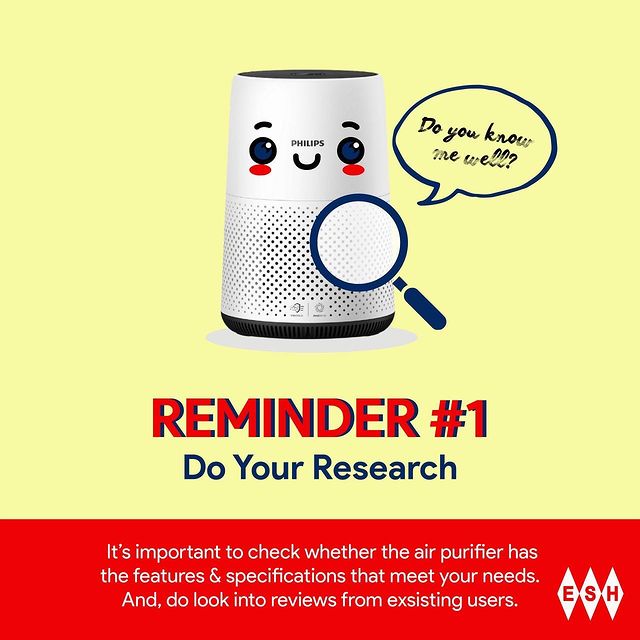

Dyson’s checklist for a cool home this summer
If you’re struggling with the heat this summer, you’re probably not alone. According to the WHO, 2020 was among the three warmest on record. And this is a trend that looks likely to continue. The annual global temperature forecast for 2021 suggests that this year will also be one of the Earth’s hottest. These extreme temperatures can have a real impact on how we feel and function throughout our daily lives.
Rule 1: Close curtains and shutters
Letting in the sunlight on a bright day might seem the natural thing to do but this can create a greenhouse effect – with up to 30% of unwanted heat gain comes from windows.[1] So keep the windows, curtains or shutters closed during the day to minimize the amount of sunlight entering the home. Night-time is when summer temperatures tend to dip, so make a habit of opening windows at night to allow cooler air to enter. Then be sure to close them in the morning before temperatures rise and open them again in the evening as the temperatures gradually drop.
Rule 2: Beat heat with cooling airflow
The World Health Organization (WHO) suggests that environmental stressors, such as noise or temperature, can impact sleep quality and quantity. With temperatures soaring, staying cool can be a real challenge on hot summer nights. Dyson purifying fans use Air Multiplier™ technology with 350-degree oscillation, projecting up to 290 litres of air per second, to cool you. The Dyson Purifier Cool Formaldehyde™ has been also redesigned to be 20% quieter while maintaining purification performance for more peaceful nights.
Rule 3: Reduce heat sources at home
Electronic devices can also generate excess heat, contributing to the ambient temperature of the room. Traditional lightbulbs for example use up to 90% of their energy generating heat, with only 10% being converted to visible light. So opt for energy efficient lights and get into the habit of turning off and unplugging all electronic devices that are not being used. Cooking in a pan or oven can also increase indoor temperatures, so opt for a lighter meal or one that can be cooked outside such as a barbecue. This may have the added benefit of reducing indoor levels of PM2.5, which is often generated through combustion while cooking.
Rule 4: Regulate your body temperature naturally
Choose lightweight, breathable clothing and bed sheets such as linen or cotton and avoid man-made materials such as polyester. These natural fibers will absorb the moisture as you sweat, helping to cool your body naturally – while polyesters are water resistant and do not wick sweat in the same way. Surprisingly, consider taking a warm shower rather than an ice cold one. When the body is subjected to extreme cold, it tries to regulate its core temperature by controlling blood flow to the skin. This means that although a cold shower may offer a brief moment of respite, heat can be retained within the body. Following a lukewarm shower, the body will try to cool down and accelerate blood flow to the skin, which promotes heat loss.
This article is brought to you by Dyson 2021.
Learn more: https://www.esh2u.com/apps/omega-search/?type=product&q=dyson+puri

















